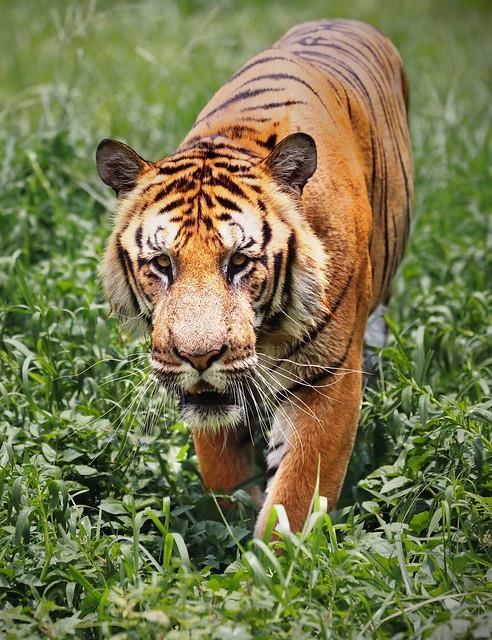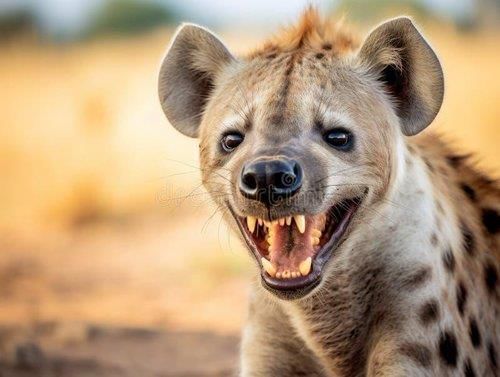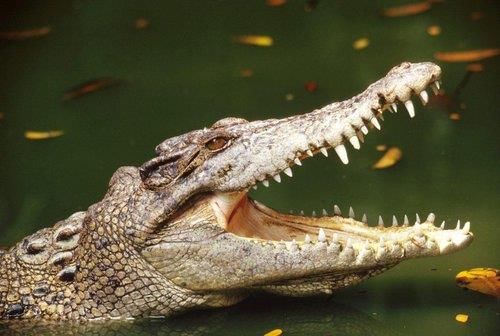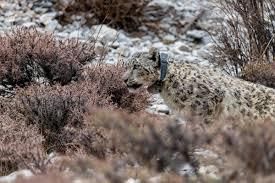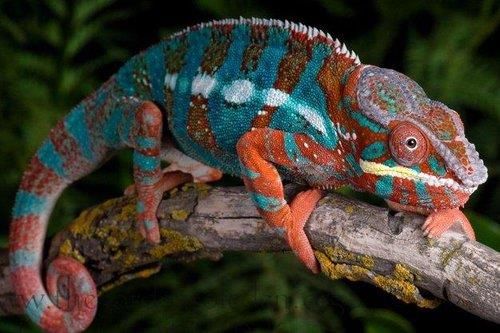|
Card: 1 / 38 |
What are the key characteristics to identify a Bengal tiger according to Carolyn Wells' poem? |
|
Card: 3 / 38 |
If you encounter an animal that seems to be smiling, which animal is it likely to be? |
|
Card: 8 / 38 |
She suggests that if there is nothing on a tree, it might be a chameleon, playing on the chameleon's ability to blend in. 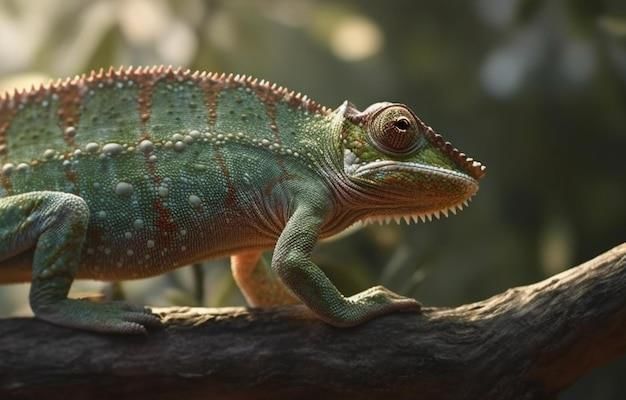 |
|
Card: 10 / 38 |
The poet humorously suggests that if one encounters a wild beast with black stripes on a yellow background, they should observe if it tries to eat them, implying that being attacked renders the identification moot. |
|
Card: 11 / 38 |
Fill in the blank: If you encounter a large tawny beast in the jungle that roars at you, it is likely the ___ Lion. |
|
Card: 13 / 38 |
True or False: The poet portrays the encounter with a tiger as a serious and straightforward situation. |
|
Card: 14 / 38 |
False. The poet uses dark humor to illustrate the grim reality of encountering such a predator, suggesting that survival is the priority over identification. |
|
Card: 16 / 38 |
The Asian Lion is described as having a tawny or yellowish-brown coat and a powerful roar that could instill fear. 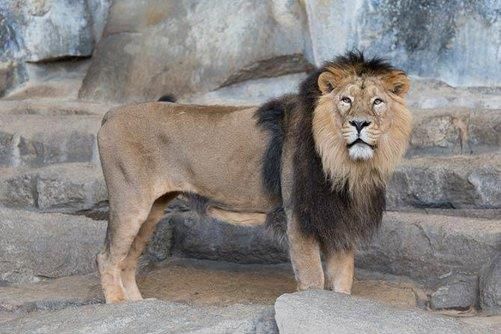 |
|
Card: 18 / 38 |
The leopard is characterized by its ability to swiftly leap upon its prey, indicating its speed and agility. |
|
Card: 19 / 38 |
If you encounter an animal that hugs you very tightly, what creature could it likely be? |
|
Card: 20 / 38 |
It is likely to be a bear, as the poem describes this behavior as characteristic of bears. 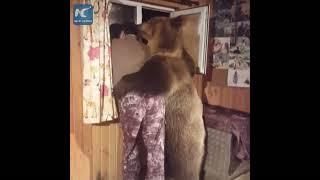 |
|
Card: 21 / 38 |
In the poem, the poet suggests that if one cries out in pain from a leopard's attack, it will be ___ because the leopard will continue its assault. |
|
Card: 23 / 38 |
True or False: The poem implies that the leopard is a gentle creature that will not harm its prey. |
|
Card: 24 / 38 |
False. The poem depicts the leopard as a relentless predator that will continue to attack.  |
|
Card: 25 / 38 |
Fill in the blank: The leopard's coat is described as being peppered with ___, indicating its distinct appearance. |
|
Card: 27 / 38 |
What distinctive feature does the poet use to differentiate between the crocodile and hyena? |
|
Card: 28 / 38 |
The poet notes that hyenas come with merry smiles, while crocodiles are described as always being in tears, emphasizing their menacing presence. 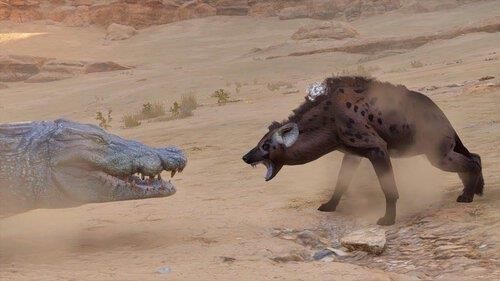 |
|
Card: 29 / 38 |
Fill in the blank: The chameleon demonstrates remarkable adaptability by changing its color to ___ with its surroundings. |
|
Card: 31 / 38 |
What role does the poet assign to the chameleon in the context of its environment? |
|
Card: 32 / 38 |
The poet suggests that if there is nothing else on the tree, it is likely that a chameleon is present, highlighting its ability to camouflage.  |
|
Card: 33 / 38 |
What humorous methods does the poet suggest for identifying dangerous wild animals? |
|
Card: 34 / 38 |
The poet suggests imaginative and risky methods for identifying animals like tigers and lions, emphasizing the irony and danger involved in getting close to them. |
 Completed! Keep practicing to master all of them. |




